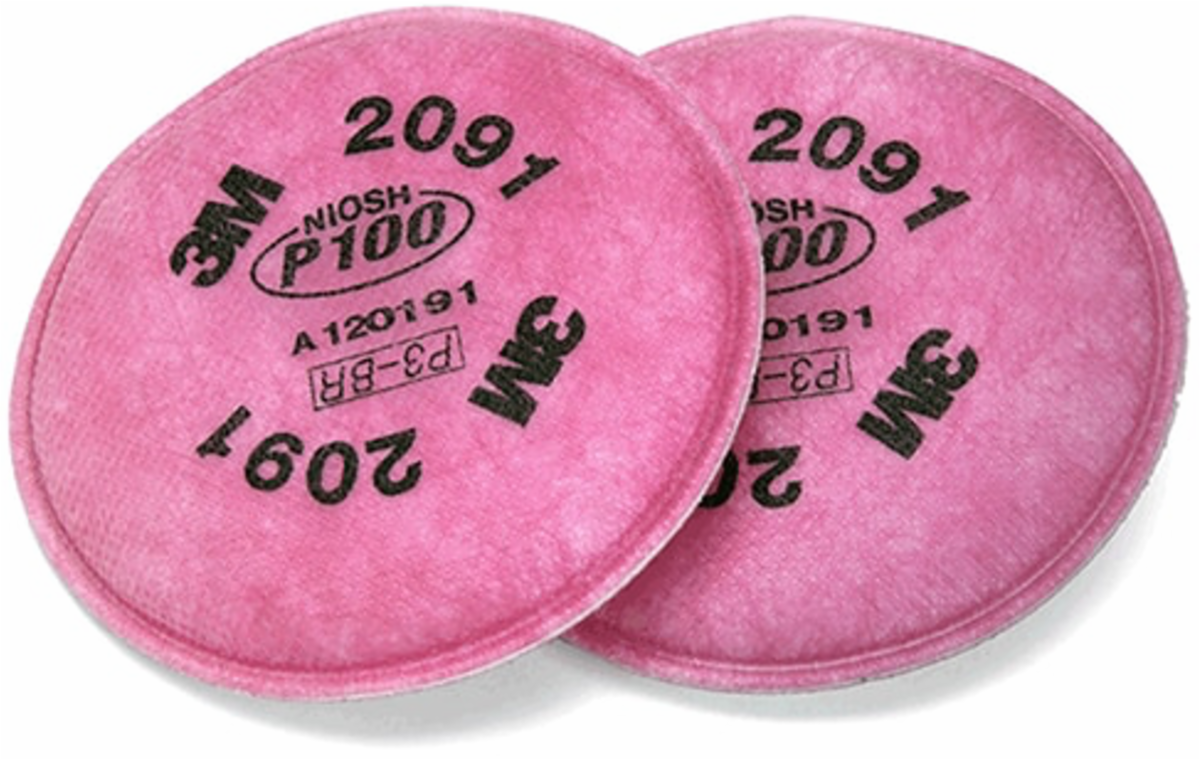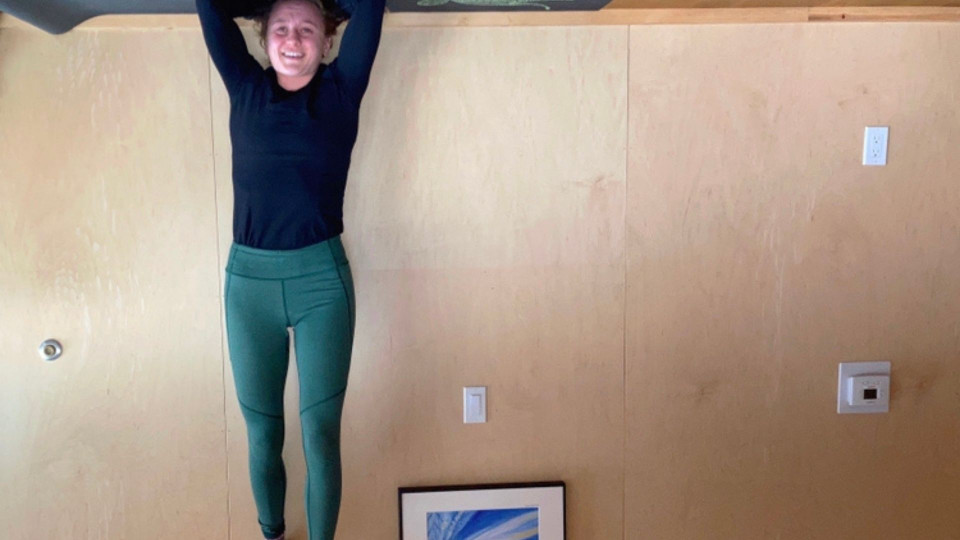Posted by Theodore Ford, MD on Oct 8th 2020
Exercising in Wildfire Smoke
By Theodore Ford, MD
As wildfires burn across the west, my environment has a fog-like smoke veil, and I can't see more than 500 feet in front of me. Today in Bend Oregon, the air quality index (AQI) is 450, rated hazardous. AQI is a measure in micrograms per cubic meter of air of particles sized 2.5 microns and smaller (PM2.5) which are the most hazardous to health.
Pollution and wildfire smoke consists of tiny airborne particles and carbon monoxide. It is estimated that the pollution in China, the world's deadliest causes 1.6 million deaths per year. Today, my town's air quality is 5 times worse than the most polluted city in the world.
The Berkley Earth site states," The average PM2.5 in Beijing over the year is about 85 μg/m3, equivalent to about 4 cigarettes per day. " So spending the day outside in previously sunny central Oregon is equivalent to smoking 20 cigarettes, or one pack of cigs per day!
So how about exercising in the smoke? BAD IDEA. At rest we breath about 6-8 liters per minute (minute ventilation) and with exercise this can increase to as much as 8 times this amount or 50-60L/minute. At rest in the current smoke I am breathing 1.6 cigarettes per hour. If I were to exercise it would be like huffing 13 cigarettes per hour, or a pack of cigs in a 2-3 hour workout.
I am going to state the obvious... If you can avoid going outside during smoky conditions, do so. Do not exercise in the smoke.
Now that I have said this, how many of you athletes are chomping at the bit to get outside? I get it. This becomes a question of mental health as many of us get somewhat irritable if we can't get outside for a workout. If you must exercise, then the answer is mitigation, that is, do so as safely as possible. Here is my recommendation as a physician and biomedical engineer.
If you exercise in the smoke, wear a tight fitting NIOSH approved respirator that filters out all the smoke particles.
Lets dig deeper into that statement. The mask must have a good seal against your face in order to cover your nose and mouth and not allow any air to leak around the side, so that all of your inspired breaths are filtered through the filters. Exhaled breath is typically vented through a valve. If any air leaks around the face then the filter is not filtering and you are smoking cigarettes again. So shave off the beard, and check the mask fit.
NIOSH is the National Institute for Occupational Safety and Health, part of the CDC. They certify the performance of masks used for filtration. So the crap that is hand-made, or a fashion accessory doesn't count. (these are only useful for blocking respiratory droplets to reduce COVID spread). The designations for these high quality filtration masks are N (not resistant to oil particulates) R (resistant to oil) and P (oil proof). Any of these are useful for breathing in smokey air. The next number is the percent of particles filtered out of the air by the mask material. 95%, 99%, or 99.97%. The test particles are 0.3 microns ( one thousandth of a millimeter). For reference, the pollution particles are 2.5 microns and smaller. Bacteria are about 1 micron and virus particles are approximately 0.1 micron ( but tiny viruses can ride on larger respiratory droplets). So N95 masks filter out 95% of particles 0.3 microns (and presumably larger) if there is a tight fit. Any of these filters when used properly should protect you from dangerous smoke and infectious particles. By the way, HEPA (high efficiency particulate air filters) filter out 99.97% of this size particle.
What is a respirator? We have all seen the white masks with N95 on it. These are disposable. These usually don't create a tight seal so these will not serve our purposes of complete protection. Think of the silicone rubber mask with the filters on both sides , and straps around the head. These are respirator masks (half face elastomeric reusable air purifying respirator). You need the straps to hold the mask tightly against your face to ensure a good seal. Anything else is bullshit. Can't wear one of these? It is too uncomfortable? Then don't go outside for exercise.

The half face masks cost about $20-40. I have found that instead of the cartridge filters that attach to the sides of these masks, P100 filters that look like pink fabric discs are light weight and less cumbersome. A pair of P100 filters cost $10-20. These filters are oil proof and filter out 100% of hazardous smoke particles.

If you can tolerate 2 hours of exercise, sweating into a silicone rubber face mask, then these work great. I have been out in hazardous smoke conditions and I can't even smell the campfire. I have done mountain bike and cycle-cross races in the dust and, looking back, I wish I had worn one of these. I believe the most important safety issue is making sure that you are not excessively increasing the work of breathing. The flow of filtered inspired air should be unobstructed and easy. If it feels like you are sucking hard, change the filter or stop exercising. It is theoretically possible to cause lung injury from breathing hard against excessive resistance, including collapsed lung. The filter should be replaced if there is resistance to breathing through it. Breathing very hard increases the work of breathing and requires high flow rates, so I also recommend that the exercise intensity should be easy or moderate. NO HARD intervals.
I want to emphasize that I am NOT saying that you should exercise in the smoke wearing a painter's filtration mask. What I am saying is that if you feel that you MUST exercise outside despite the smoke, (which is probably a mild form of mental illness) then the only reasonable way to do so is to wear one of these filtration units. I don't recommend that you try this more than once a week.
I agree with what the federal government says on their smoke information website: All people in a smoky area (except firefighters or emergency personnel) should avoid strenuous work or exercise outdoors. They should avoid driving whenever possible. If driving is necessary, people should run the air conditioner on the "recycle" or re-circulate mode to avoid drawing smoky air into the car. Closing up a home by shutting windows and doors can give some protection from smoke. Most air conditioners are designed by default to re-circulate indoor air. Those systems that have both "outdoor air" and "re-circulate" settings need to be set on "re-circulate" during fire/smoke events to prevent smoke-laden air from being drawn into the building (note: this does not apply to HVAC systems in office and commercial buildings; see Appendix A). Once people have closed up the building in which they live, they should avoid strenuous activity, which can make them breathe harder and faster.


